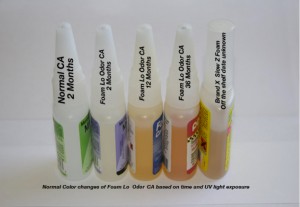Company Information
Mercury Adhesives is an American Glue Company, that is veteran owned, and located in Atlanta, Georgia. Mercury Adhesives is absolutely committed to producing only the highest quality adhesives that are manufactured and bottled in the the United States. It was founded in 2007 by Cliff Whitney, and is now run by Eric Fether.
Mercury recognized that quality is of the utmost importance and we are proud that our adhesives and processes are all accredited by ISO9001-2000 and QS9000 standards. The medical division supporting Mercury products is USP Class VI approved, and the Mercury manufacturing facility posses numerous military and original equipment manufacturer approvals.
Mercury has put in place the technology and a global supply infrastructure to get things done. The Mercury line of high quality adhesives and sealants are simply the best, and we serve industrial and consumer clients all over the world.
The Mercury product themselves are proudly made in the USA! All of our products are 99.9% pure and are absolutely NON-TOXIC without any harmful ingredients. This cannot be said of other super glues in the world. Asian manufactured adhesives can contain:
- Chloroform: 2012 recalls on glues produced in China contained 230x the legal limits
- Formaldehyde and Praformaldehyde
- Tetra chloromethane / Carbon Tetrachloride
- Triethyl Phosphate
- Acrylonitrile
- Dichloromethane
Mercury prides ourselves in making nothing but the best adhesives on the planet. Try them and see for yourself. There is a difference!

